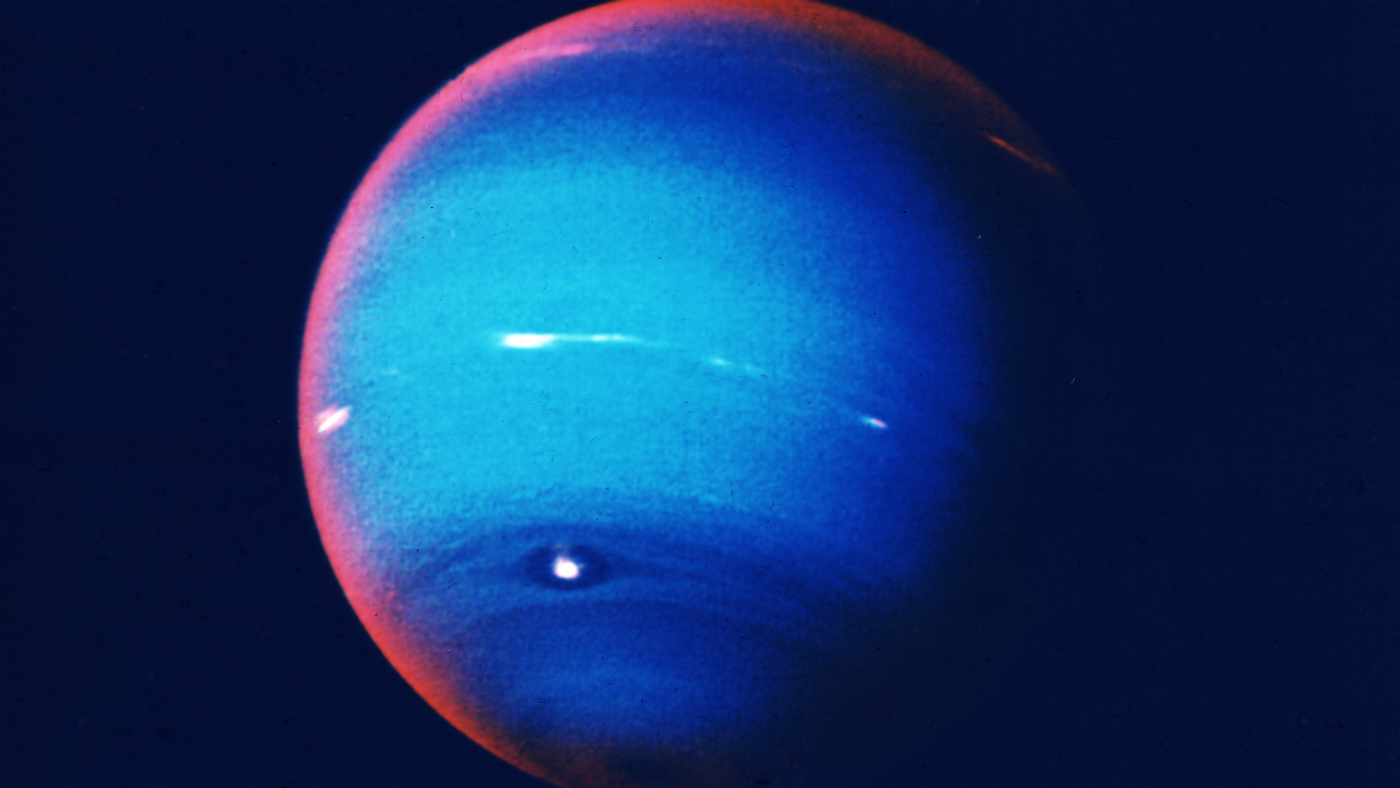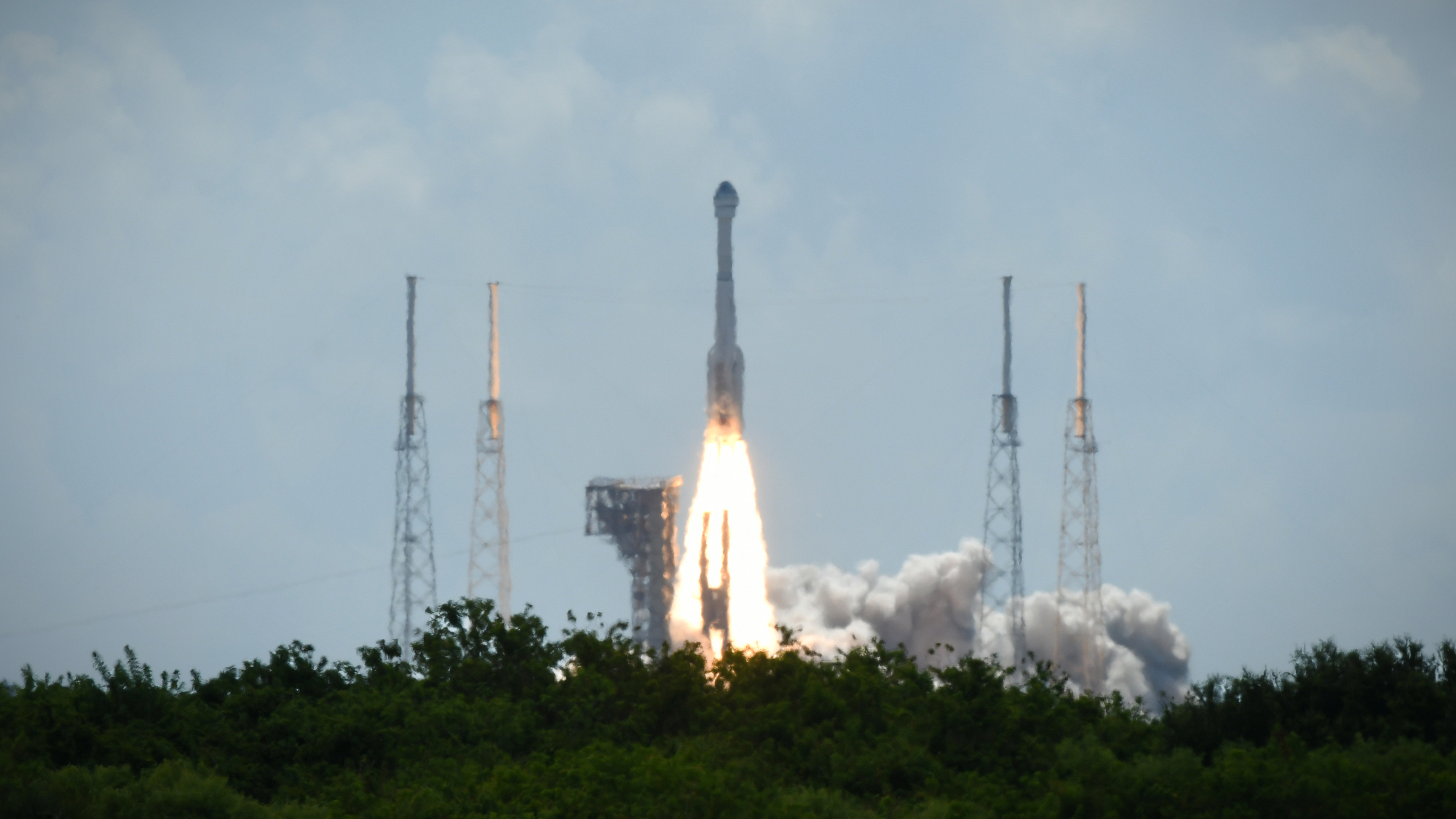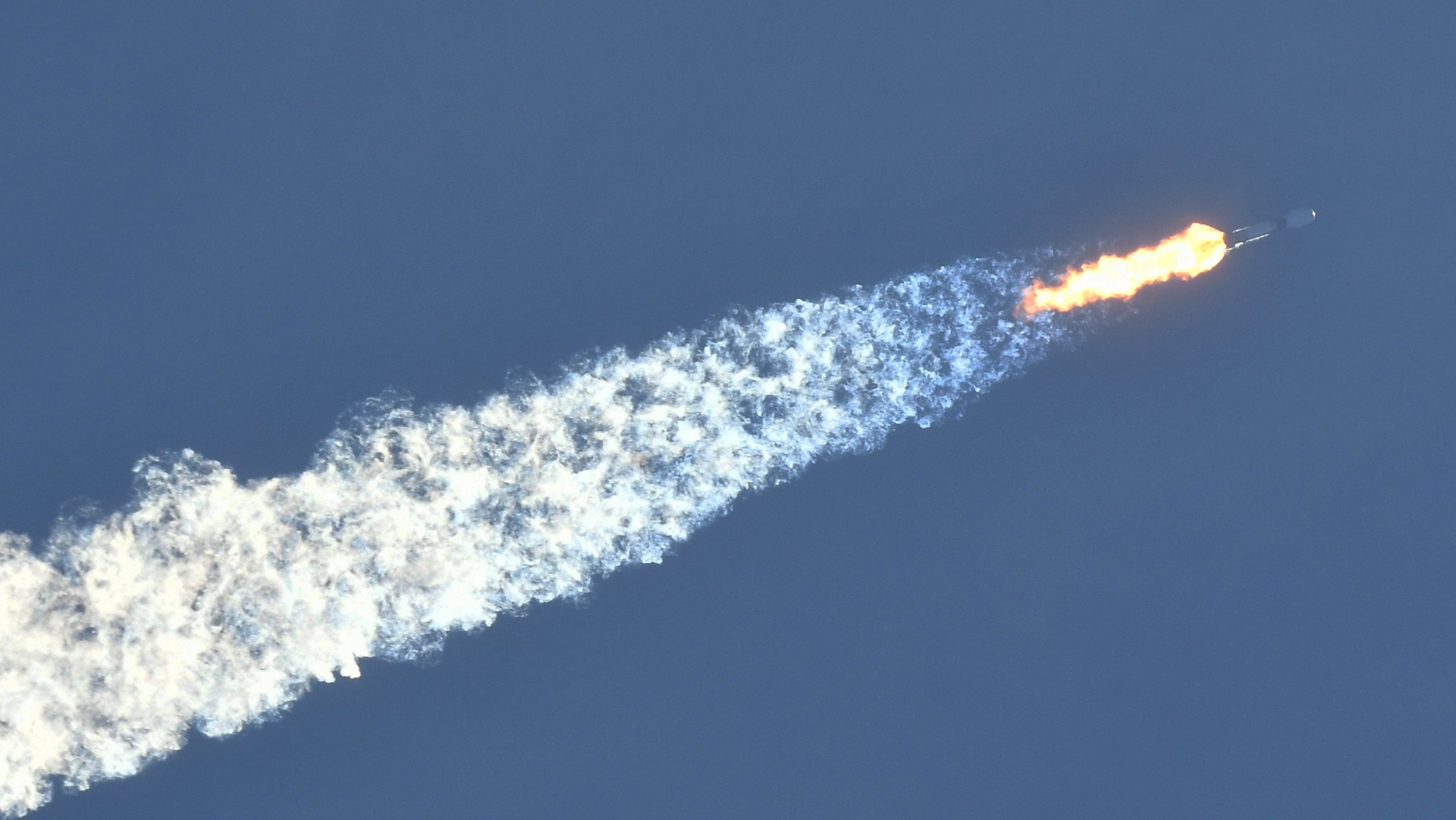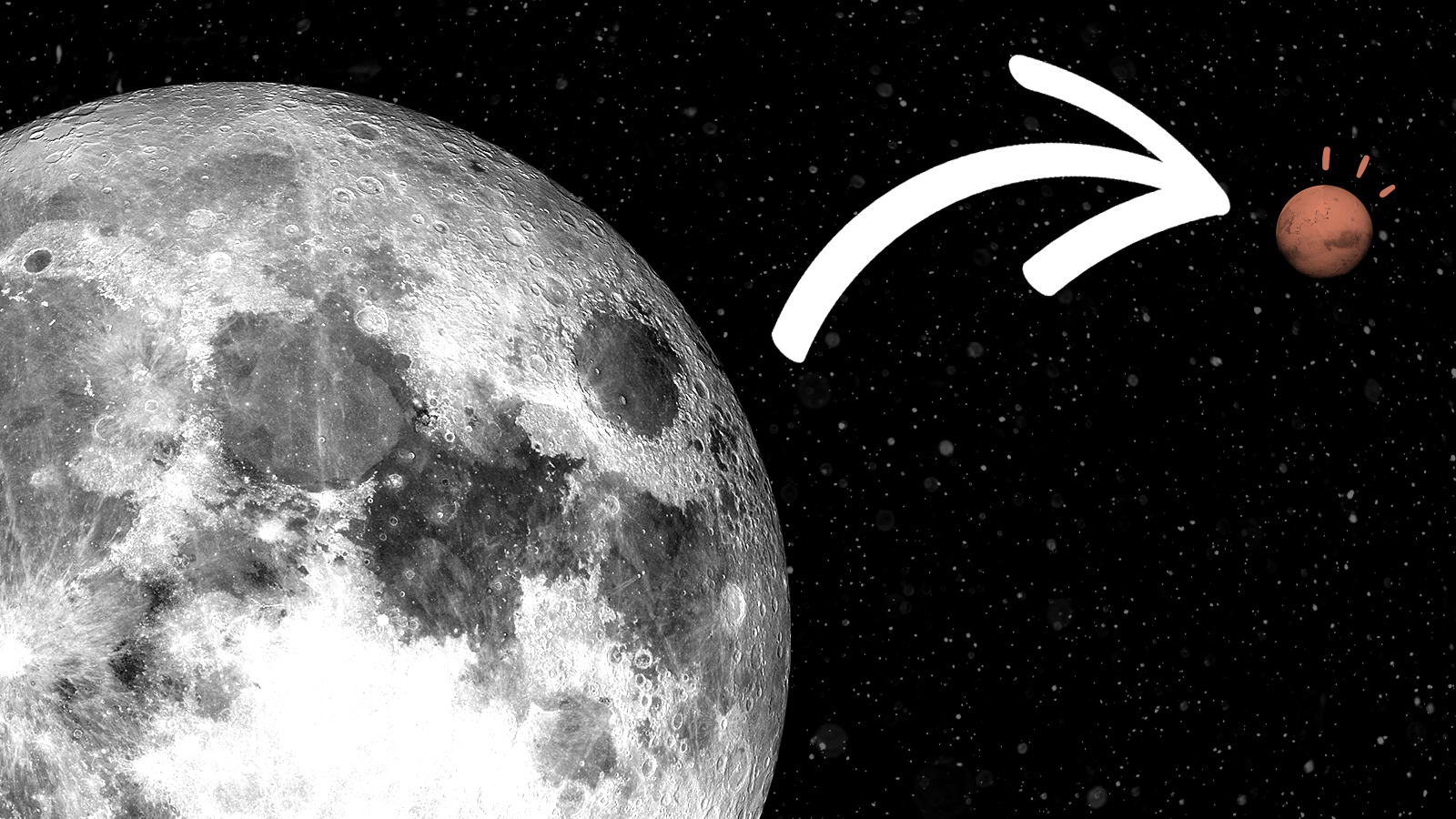Scientists create 'diamond rain' to study frozen planets like Uranus
These rocks won't fit on your ring as you'll need a 'lab-grade' microscope to see them

Scientists in the US have created "diamond precipitation" in a laboratory in order to mimic the conditions of frozen planets like Uranus and Neptune, according to a report from Nature Astronomy.
These icy giants are believed to contain large amounts of hydrocarbons such as methane, the report says, which "undergo structural transitions" due to high temperatures and pressures near the core of the planets – forming diamonds.
The experiments were undertaken at the SLAC National Accelerator Laboratory in California, says Business Insider, where scientists mimicked planetary conditions by creating two shockwaves in polystyrene to generate extreme temperatures.
The Week
Escape your echo chamber. Get the facts behind the news, plus analysis from multiple perspectives.

Sign up for The Week's Free Newsletters
From our morning news briefing to a weekly Good News Newsletter, get the best of The Week delivered directly to your inbox.
From our morning news briefing to a weekly Good News Newsletter, get the best of The Week delivered directly to your inbox.
The shockwaves heat the polystyrene to "around 5,000 Kelvin" (4,727 degrees Celsius), the website says, simulating the atmosphere on frozen planets and generating the conditions needed for diamond rain.
While polystyrene isn't present on these icy planets, the site says it's a "suitable chemical stand-in for the compounds formed from methane".
But Quartz says the diamonds fabricated in the lab were "less than one nanometer (a billionth of a meter) in length".
This would make them invisible to the naked eye. They can only be seen using "lab-grade electron microscopes", the website says.
A free daily email with the biggest news stories of the day – and the best features from TheWeek.com
The experiments will help scientists understand the atmospheres of distant planets, says the Daily Telegraph, but they also serve another purpose. The microscopic diamonds created through the tests could "potentially be harvested to make the tips of precision medical instruments or electronics."
-
 Trump’s poll collapse: can he stop the slide?
Trump’s poll collapse: can he stop the slide?Talking Point President who promised to ease cost-of-living has found that US economic woes can’t be solved ‘via executive fiat’
-
 Sudoku hard: December 7, 2025
Sudoku hard: December 7, 2025The daily hard sudoku puzzle from The Week
-
 Codeword: December 7, 2025
Codeword: December 7, 2025The daily codeword puzzle from The Week
-
 Another Starship blast sets back Musk's Mars hopes
Another Starship blast sets back Musk's Mars hopesSpeed Read Nobody was killed in the explosion, which occurred in south Texas
-
 Test flight of orbital rocket from Europe explodes
Test flight of orbital rocket from Europe explodesSpeed Read Isar Aerospace conducted the first test flight of the Spectrum orbital rocket, which crashed after takeoff
-
 Jeff Bezos, Elon Musk and the billionaire space race
Jeff Bezos, Elon Musk and the billionaire space raceThe Explainer Tesla CEO and Amazon founder vie for dominance of satellite launch market and could influence Nasa plans to return to Moon
-
 Starliner: What went wrong?
Starliner: What went wrong?Today's Big Question Boeing spacecraft has had a 'long, difficult road'
-
 Boeing, SpaceX successfully test key rockets
Boeing, SpaceX successfully test key rocketsSpeed Read Boeing’s Starliner docked at the ISS and SpaceX completed its fourth test launch of its Starship spacecraft
-
 Nasa reveals first findings from asteroid that could explain origins of life
Nasa reveals first findings from asteroid that could explain origins of lifeSpeed Read Sample from Bennu has been found to contain an abundance of water and carbon
-
 How worried we should be about space debris
How worried we should be about space debrisfeature As part of a rocket washes up in Australia scientists warn ‘critical mass’ of orbital junk could only be decades away
-
 What is NASA's Artemis program?
What is NASA's Artemis program?Speed Read NASA's ambitious Artemis program will eventually create a base on the moon — and lay the foundations for manned missions to Mars